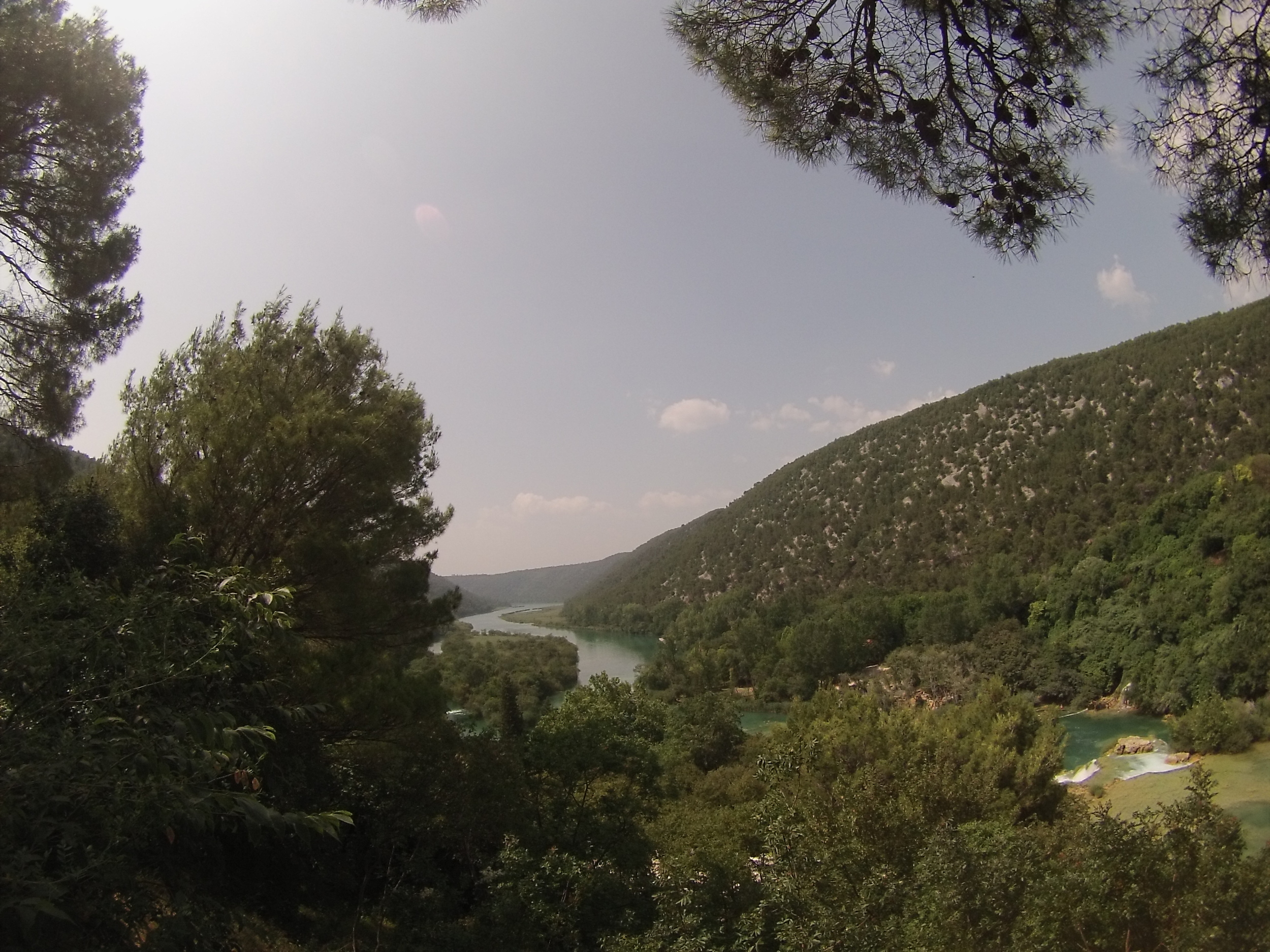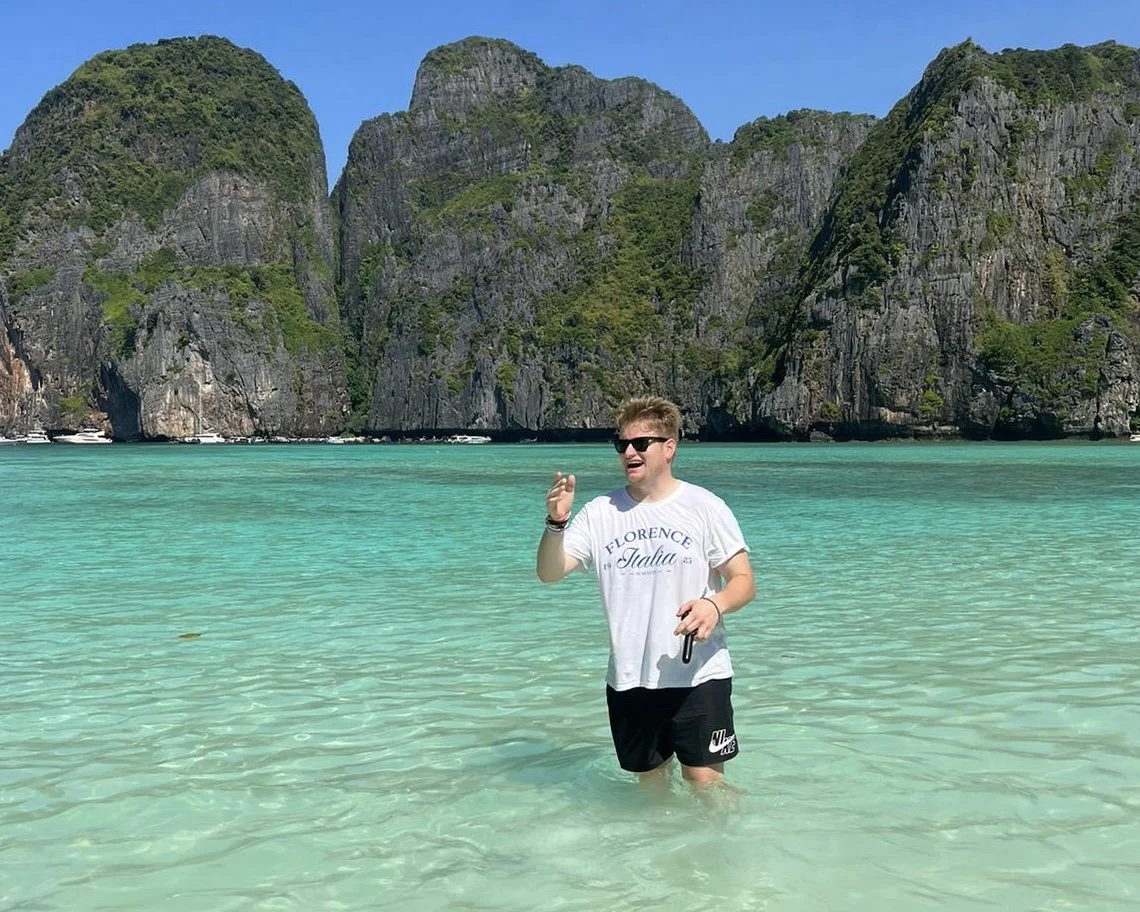Going on a day trip to Krka National Park, Croatia
/Cascading waterfalls always make for a good picture, so it was hardly surprising to see that Dubai Mall’s version of one helped it become one of the ten most-Instagrammed places on the planet in 2015.
And Victoria Falls, with its six gorges along the Zambezi River straddling the divide between Zambia and Zimbabwe in southern Africa, is one of the world’s seven natural wonders, which perhaps lends some insight into why humans are so drawn to these geographical formations.
It is perhaps most appropriate then, that two of Croatia’s major tourist attractions – Krka National Park and Plitvice Lakes National Park – feature waterfalls as their most prominent characteristics, drawing visitors from far and wide to see its flora, fauna and, of course, the waterfalls themselves.
We went on a day trip to Krka from Split on our recent adventure in Croatia, which is about 87 kilometres away by a town called Skradin. It was well worth the visit and something that any Dalmatia-bound traveller should definitely add to their itinerary.
Skradanski buk at Krka National Park, Croatia.
About Krka
Krka was formed as a National Park in January 1985, and covers an area of 109 square kilometres. Rising in the foothills of the Dinara mountin range, there are seven waterfalls with a total drop in altitude of 242 metres – twice as high as Songwe Gorge at Victoria Falls, which is considered the biggest, yet neither the highest nor the widest, waterfall in the world.
It has 860 species and subspecies of plants, as well as 18 species of fish which inhabit the Krka River, making it a natural landmark of the highest category.
One of the old turbines at Jaruga Hydroelectric Power Plant.
Krka is also home to the Jaruga Hydroelectric Plant, which was the first commercial hydro power plant in Europe, opening just two days after Adams Power Plant at Niagara Falls did the same. The original Jaruga system supplied power to light 340 street lamps and electrify some houses in the nearby city of Šibenik and is still in use today.
Getting there
Tickets are available from the booths at the entrances to the park and cost 110 kuna, with concessionary discount available.
We went with a company called Split Walking Tour, operating from KrkaTour.com, who run daily excursions to the park, with the exceptions of some Saturdays.
Costing €29.40 per person, the trip included coach transfers to and from Split, a park map and a journey up the River Krka by boat from Skradin to reach the entrance. We also had a guide with us, who could be found all day around the park to answer any questions that the group had.
The service was prompt, easy and despite the initially dubious payment method, a PayPal transfer, the company is legitimate and you will receive an email confirmation of the booking almost instantly.
Buses serve the route between Krka and many of western Croatia’s major destinations, such as Zadar, Zagreb and Split, but some may opt to drive there instead.
There is also the additional cost of entering the park, which is 110 Croatian kuna, equal to £12.30, which wasn’t included in the cost of our tour.
What does Krka have to offer?
Taking a photo near the foot of Skradanski buk.
Krka’s main attraction is Skradinski buk, which is the seventh and final travertine barrier on the Krka River. This is where visitors can get up, close and personal with the waterfall and swim in the river’s unsalted waters.
Although you can’t go right up to Skradanski buk itself as there is a buoyed cordon separating the public and the falling water by a couple of metres, there is a smaller waterfall situated on the left hand side, where people can literally let it rain.
Hanging out underneath the smaller waterfall to Skradanski buk's right.
If you’re not a fan of getting wet, Krka also has a clearly marked trail leading to several viewpoints of the seven stages of the waterfall. It is a great way to dry off and get some great angles for shooting, as well as learn more about the park from the information billboards that are dotted around the site.
A woman reads one of the information boards at Krka National Park.
In addition to seeing Krka’s hydroelectric plant, there is the option of going to see Visovac island, a small area of land in the middle of water where Visovac Monastery is built. There is a boat which goes between the island and the dock near Bristane for an extra fee, of course.
Tips for visiting Krka
1. Go it alone if you want to maximise your time: One problem we had was having too little time in the park. Krka can easily take up your whole day, so the five hours of free time in the park allocated for our tour was a little restrictive.
Organising your own trip, whether using public transport or driving, means that you will be able to make the most of the 12 hours that the park is open throughout the day (08:00-20:00), if you so desire.
2. Wear swim shoes or flip-flops: Swimming at the foot of the Skradinski buk waterfall is one of the best things about Krka, but what isn’t realised by many tourists before getting into the water is just how uneven and rocky the surface is below.
A lot of the big stones underneath the surface are slippery, and little stones that also lie on the floor can be dangerous when swimming barefoot.
3. Take a camera: For our trip to Krka National Park, I made sure to pack my GoPro, which fortunately comes with a waterproof case. Cameras should be an integral part of a day kit when going to Krka, because there is plenty to photograph both in and out of the water.
Snapping a picture of the River Krka from one of the vantage points.
The various viewpoints scattered throughout the park also allow those with a keen eye for photography to get some great shots.
4. You don’t need to bring a packed lunch: One would expect Krka to be the quintessential tourist trap, with a plethora of food stalls and restaurants waiting to vacuum up money from hungry and thirsty customers.
An ice cream costs just 10 kuna at Krka - a fair price for hungry tourists.
Suffice to say that we were extremely surprised when we found out that refreshments were reasonably priced. You can grab a sandwich, a packet of crisps, an ice cream and a drink for around £6, which is great value considering how expensive these places tend to be.
Eating at the restaurant in the wooded area.
There is also a restaurant where you can take a break and enjoy a sit-down meal. It is also reasonably priced, but this will tend to cost more than an on-the-go sandwich and snack lunch. We actually ate at this restaurant and split a Niçoise salad and fries, which more than did the job and was roughly £8 in total.
5. Pee freely: There are two toilets at the park - one which is free and another which costs five kuna and is strategically placed by the main entrance. If you can, just hold it until you find the free toilet to save some money which could be put towards food or drink for the day.


























Just because you're staying in a destination, doesn't mean you have to spend all of your trip there! Here are five amazing day trips you can take from some of the world's most-visited cities.